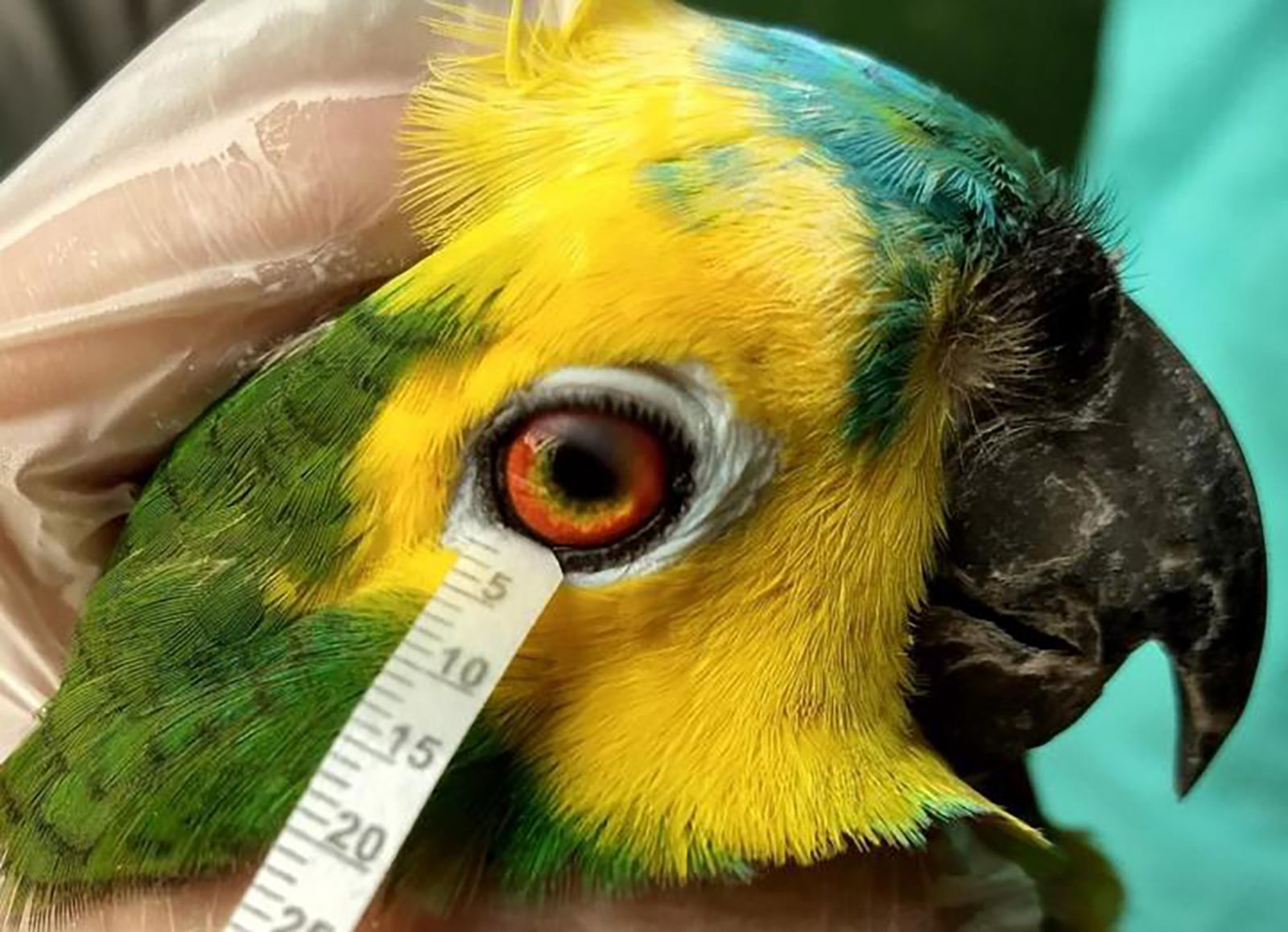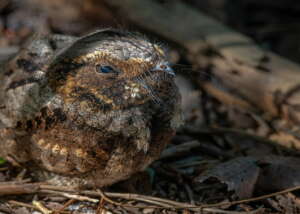Birds cannot cry because they do not possess tear glands like humans do. Birds do not possess tear glands, so they are unable to produce tears like humans do.
However, this does not mean that birds are incapable of expressing emotions or experiencing pain and distress. While they may not shed tears, birds have various other ways of communicating their emotions, such as vocalizations, body language, and actions. Understanding these methods of communication can help us better understand and care for these fascinating creatures.
We will delve into the topic of birds and their ability to cry, exploring the reasons behind their lack of tear production and how they express their emotions in other ways. We will also debunk some common misconceptions about birds and provide insights into their behavior and well-being. So, let’s dive in and discover the fascinating world of avian emotions.
Understanding Bird Emotions
Birds, like humans, are capable of experiencing complex emotions. They display their emotions in various ways, including vocalizations and physical actions. While some may argue that birds cannot cry in the same way humans do, they do exhibit emotional responses.
Birds can express happiness and joy through chirping and singing, which are forms of vocalization. Additionally, they may engage in playful behavior or display physical signs of contentment, such as fluffing their feathers. The complexity of bird emotions goes beyond simple instincts, as they also exhibit signs of fear, sadness, and even anger.
By observing their behaviors and vocalizations, we can gain insight into the emotional lives of these fascinating creatures. Understanding bird emotions not only helps us appreciate their unique qualities but also allows us to create enriching environments for their well-being.
Tears In The Animal Kingdom
Tears play a crucial role in emotional signaling and expression, not just in humans but in other animals as well. While tear production is commonly associated with humans, mammals also possess the ability to shed tears to communicate their emotions.
This natural phenomenon has raised the question of whether birds, too, are capable of crying. Research investigating tear production in birds has revealed interesting findings. While birds do have tear glands, their tear composition and production seem to differ from that of mammals.
Birds primarily produce tears for lubrication and to prevent dehydration, rather than as an emotional response. However, it is important to note that further research is needed to fully understand the extent and function of tears in the animal kingdom.
Debunking The Myth: Can Birds Cry?
Birds, unlike mammals, do not possess tear ducts. The absence of tear ducts in birds is due to the structural differences in their eye anatomy. Bird tears are produced in their Harderian gland, located near the eye, and are not associated with emotional crying.
This gland secretes a watery fluid that helps in lubricating and cleansing the bird’s eyes. Bird tears serve a different purpose compared to mammalian tears. While mammalian tears are often associated with emotional states, bird tears primarily function to keep their eyes clean and free from debris.
Therefore, the idea of birds shedding tears for emotional reasons is a myth. Understanding the differences in bird tear production and their evolutionary perspective helps us decipher their behavior and emotions more accurately.

Credit: www.cnn.com
Conclusion
In the world of birds, tears may not be shed for emotional reasons as humans do. However, birds possess their own unique methods of showing distress and maintaining their survival. While they may not produce tears in the way humans do, certain bird species have been observed to emit different types of fluids to relieve discomfort or protect their eyes.
These fluids are essential for their health and well-being. The absence of tear production in birds does not diminish their ability to experience pain or suffering. Understanding the ways in which birds communicate and exhibit distress allows us to better care for them and appreciate their fascinating adaptations.
So, although birds may not shed tears when they are sad, there are numerous other fascinating and unique characteristics that make them a truly remarkable part of the natural world.






